On October 1, 1949, Mao Zedong (1893-1976) stood on the rostrum of Tian’anmen (The Gate of Heavenly Peace) and announced the establishment of the People’s Republic of China (PRC) in his strong Hunanese accent. This momentous announcement marked the end of China’s chaotic era of foreign domination since the mid-18th century and of frequent governmental upheavals after 1911.
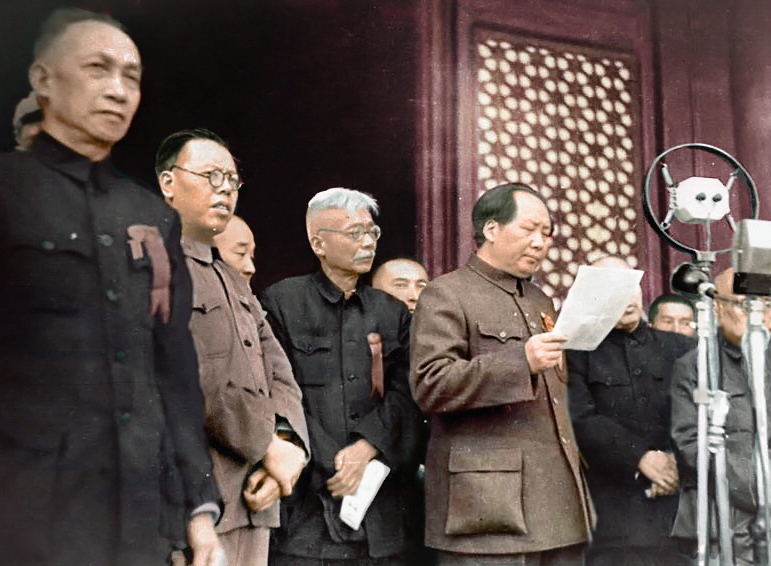
Mao Zedong and the Communist Party’s Rise to Victory
During the 1920s and 1930s, the Kuomintang (KMT, the nationalist party led by Chiang Kai-shek) generally maintained dominance of politics, military, and economy in China, particularly in urban centers. Although the Communists (CCP) had to retreat to rural areas, the party gradually consolidated power through guerrilla warfare, using land reforms to gain peasants’ support, and Mao’s strategy of “encircling the cities from the countryside.”
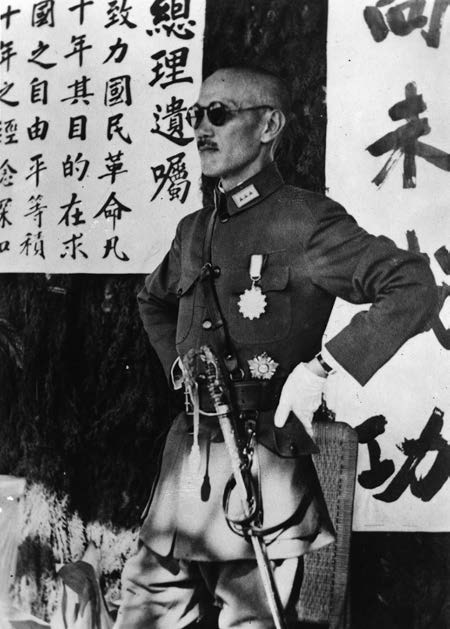
The outbreak of World War II soon shifted the balance of power in China. In 1937, the Chinese Civil War was temporarily halted as the two parties formed the Second United Front to resist Japan’s invasion. From 1937 to 1941, although the KMT was the only internationally recognized Chinese government, the CCP leveraged the war to expand its support base primarily in the rural areas of North China. Since the CCP effectively mobilized peasants and earned a reputation for resisting the Japanese, it then emerged from the war in a stronger position.
After Japan’s defeat in 1945, the temporary United Front quickly dissolved leading to a full-scale civil war. However, the KMT was constantly plagued by demoralized forces, poor management, economic inflation, and the Chinese public viewed it as corrupt.

In contrast, the CCP, under Mao’s leadership, organized its forces with discipline and portrayed itself as a just alternative that maintained popular support.
By the end of 1949, the CCP secured its victory by winning key battles, including taking control of significant cities such as Nanjing and Shanghai. The KMT retreated to Taiwan, where Chiang established a rival government.
The Creation of Taiwan and Two Chinas
The defeated Nationalists inherited the name of the previous Republic of China (ROC). This division created the “Two Chinas” situation, with the PRC and the ROC claiming to be the only legitimate government in China. Although the PRC gradually secured control over the mainland, the KMT maintained significant military and economic strength in Taiwan.
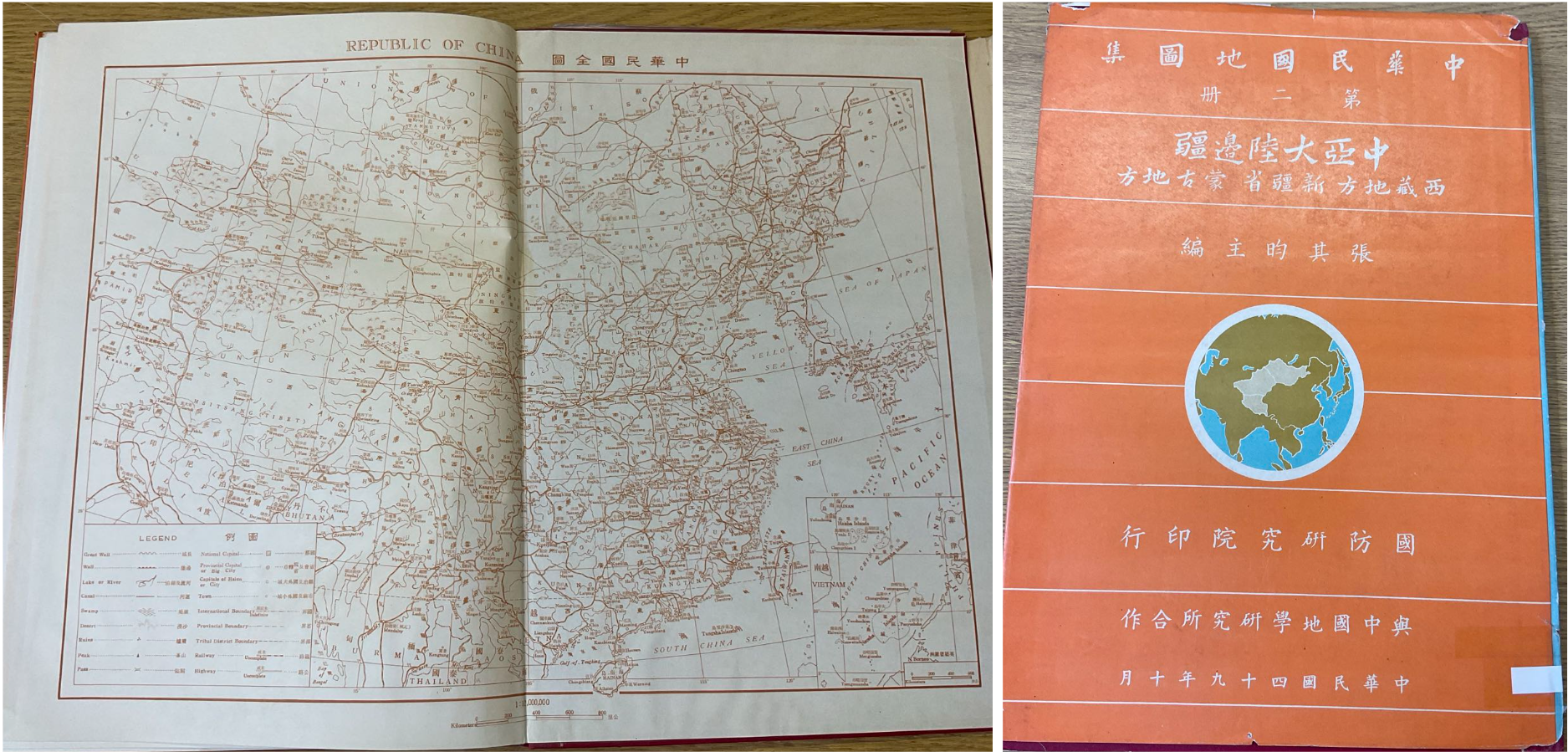
In 1949, since most of the new migrants to Taiwan were professional soldiers who came from various Chinese provinces, the majority of people in Taiwan still identified themselves as Chinese. Over time, however, many Taiwanese have come to identify less with mainland China. A survey from 2022 indicated that about 60% to 70% of people in Taiwan identified themselves as “Taiwanese” only.
However, Taiwan’s official status remains complex and unclear. While the PRC claims Taiwan as one of its provinces, Taiwan insists on its status as an independent entity, which is acknowledged by 12 countries worldwide as of January 2024.
The PRC during the Cold War
After World War II, the global geopolitical landscape shadowed the emerging Cold War between the United States and the Soviet Union. Many in the West perceived the establishment of a Red China as a threat. During the 1950s, the fierce debate over the “loss of China” emerged, frequently used by critics of the Truman Administration as a severe failure.
In 1950, the Sino-Soviet Treaty of Friendship, Alliance, and Mutual Assistance formalized the close relationship between these two communist powers. However, this alliance was not always stable.

In the late 1950s and early 1960s, the Soviet Union practiced several policies regarding de-Stalinization and international peaceful coexistence with the West, which Mao criticized as revisionism.
In 1960, the Soviet government notified the Chinese Ministry of Foreign Affairs that it would recall all 1,390 Soviet experts working in China and terminate various economic contracts with China, including 343 technical assistance contracts and 257 ongoing scientific projects.
The Sino-Soviet Split soon started.
This tension was not lifted until the 1989 Sino-Soviet Summit, in which Mikhail Gorbachev, the last General Secretary of the Communist Party of the Soviet Union, met with Deng Xiaoping, China’s contemporary paramount leader, in Beijing.
Returning to the Global Stage
Another significant consequence of the PRC's founding was its diplomatic isolation. The United States, having backed the KMT during the civil war, refused to acknowledge the PRC as China’s legitimate government. This diplomatic stance persisted for decades, with the United States preventing the PRC from assuming China’s seat in the United Nations, a position held by Taiwan’s ROC until 1971.
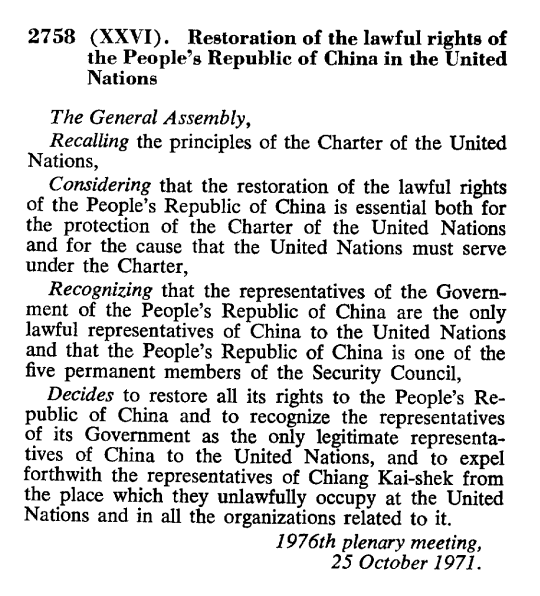
In October 1971, the 26th United Nations General Assembly adopted Resolution 2758 by an overwhelming majority, restoring the PRC’s legitimate rights in the United Nations. In 1979, seven years after President Richard Nixon visited China, China officially established diplomatic relations with the United States. Today, China has built diplomatic relationships with 183 countries worldwide.
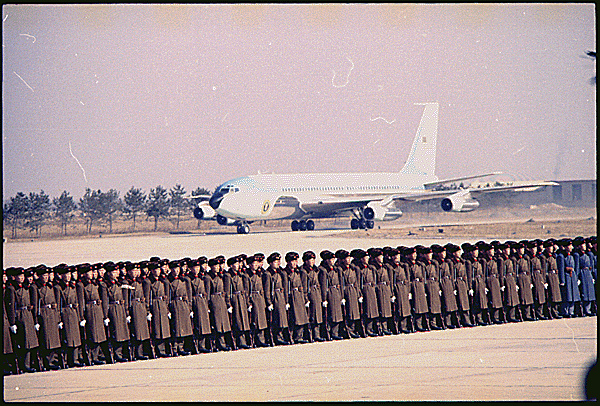
Since the birth of the PRC in 1949, it has emerged as a global power from the ruins of a fractured and exploited nation. The victory of Mao Zedong and the CCP was the result of decades of civil conflicts and foreign invasions, culminating in the establishment of a socialist state that would play a central role both in World War II and the Cold War. The party that Mao led and the nation the CCP created now stand as a colossus on the world stage.
![]()
Further Reading:
Chen, Jian, Mao’s China and the Cold War. Chapel Hill: The University of North Carolina Press, 2001
Dikötter, Frank. Mao’s Great Famine: The History of China's Most Devastating Catastrophe, 1958-1962. New York: Walker and Company, 2010.
Gao, Hua. Translated by Stacy Mosher and Guo Jian. How the Red Sun Rose: The Origins and Development of the Yan’an Rectification Movement, 1930–1945. The Chinese University of Hong Kong Press, 2018.
Li, Zhisui, The Private Life of Chairman Mao. New York: Random House, 1994.
Spence, Jonathan D. The Search for Modern China. New York: W.W. Norton and Company, 1991
Vogel, Ezra F. Deng Xiaoping and the Transformation of China. Cambridge, MA: Belknap Press of Harvard University Press, 2011.
Wang, Zheng. Never Forget National Humiliation: Historical Memory in Chinese Politics and Foreign Relations. Columbia University Press, 2012.
